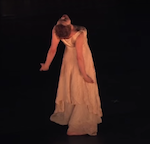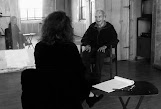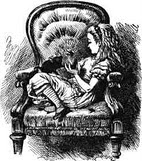SIR FREDERICK ASHTON COACHING "THE DREAM"
This marvelous footage is among my favorite dance films--it speaks to clarity, nuance, phrasing, intention, pacing, detail, the innate authority of the choreographer and his first cast, to grandeur and softness, to romance and what it takes to achieve it. Applicable to any dancer and--in my dream--to any choregrapher. Those familiar with Balanchine and Cunningham will lean forward saying to yourselves, "Yes, and yes." Douglas Dunn is right. Dancing is dancing. Here, cigarette in hand, is the loose-limbed, Bloomsburyish Sir Frederick Ashton. His eyes can hear, and his ears can see.




















